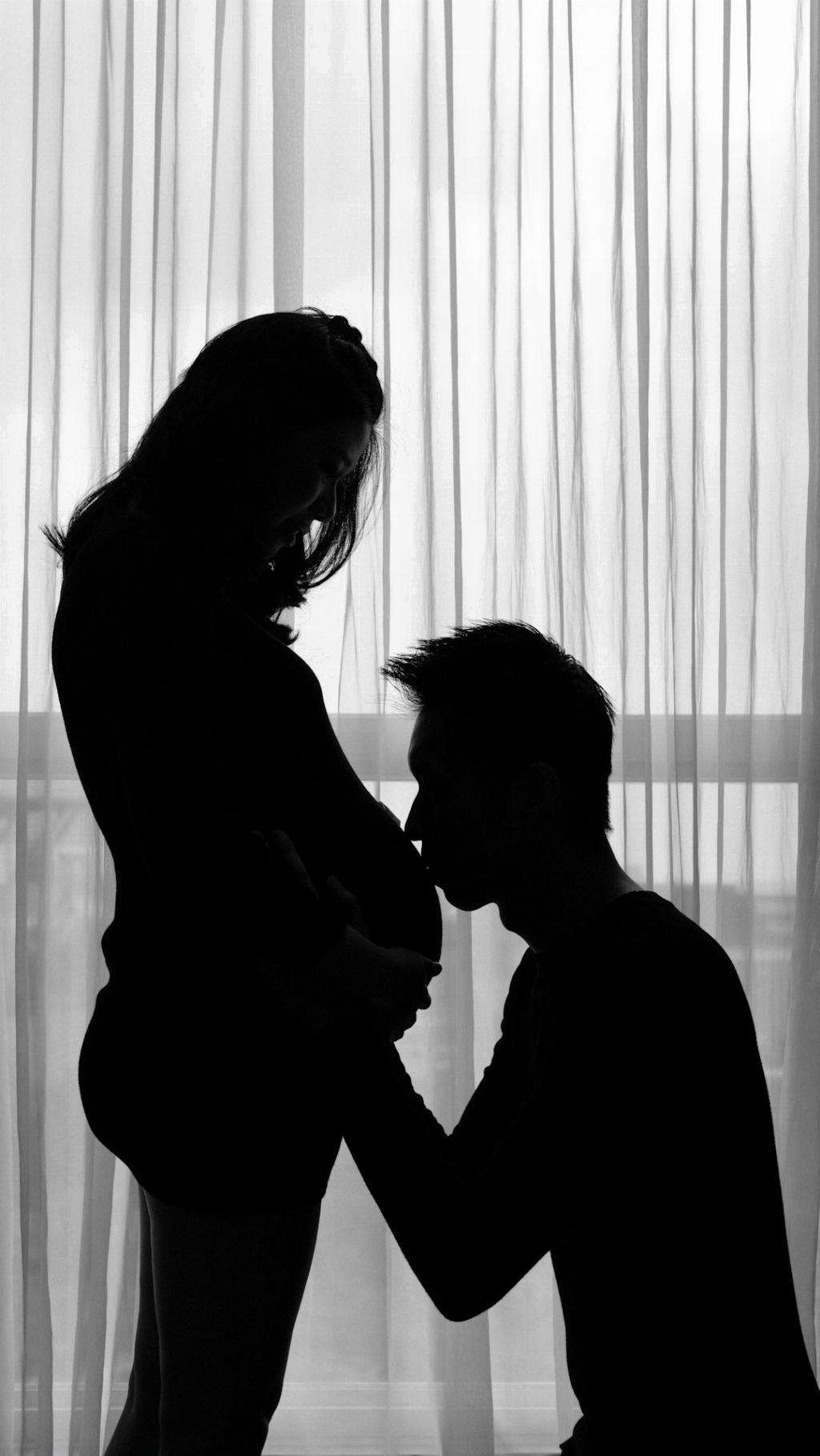When it comes to type 2 diabetic pregnancies, it is crucial to be aware of the potential birth defects that may arise. Research indicates that approximately 8-12% of diabetic pregnancies are linked to the occurrence of malformations in newborns. These malformations encompass a range of defects that can impact the baby’s health and development.
One of the primary birth defects associated with type 2 diabetic pregnancies is neural tube defects. These defects involve abnormalities in the development of the brain, spinal cord, or their protective coverings. Neural tube defects can manifest as conditions such as spina bifida, anencephaly, or encephalocele, all of which can have significant implications for the baby’s well-being.
Another potential birth defect seen in type 2 diabetic pregnancies is hydrocephalus, a condition characterized by an excessive accumulation of cerebrospinal fluid in the brain. This condition can lead to an enlargement of the baby’s head and increased pressure within the skull, potentially causing brain damage if not addressed promptly.
In some cases, anencephaly may also be observed in babies born to mothers with type 2 diabetes. Anencephaly is a serious neural tube defect where a portion of the baby’s brain, skull, or scalp may be missing. This condition is incompatible with life, and infants born with anencephaly typically do not survive for an extended period after birth.
Holoprosencephaly is another birth defect that may occur in type 2 diabetic pregnancies. This condition involves incomplete separation of the forebrain into distinct hemispheres, leading to facial abnormalities and potential cognitive impairments in affected infants. Early detection and intervention are crucial in managing holoprosencephaly.
Microcephaly, a condition characterized by an abnormally small head size, is also among the birth defects that can arise in babies born to mothers with type 2 diabetes. Microcephaly can result from abnormal brain development or reduced brain growth, potentially causing developmental delays and neurological issues in affected children.
Caudal dysgenesis, a rare birth defect that affects the lower spine and limbs, is another condition that may be seen in type 2 diabetic pregnancies. Babies with caudal dysgenesis may experience abnormalities in the development of the lower body, leading to mobility issues and other complications that require specialized care.
Hydranencephaly is yet another severe birth defect that can occur in diabetic pregnancies. This condition involves the absence of the cerebral hemispheres, which are replaced by sacs filled with cerebrospinal fluid. Babies with hydranencephaly typically have minimal brain function and face significant challenges in their development.
While the aforementioned birth defects are some of the more commonly observed anomalies in type 2 diabetic pregnancies, it is essential to recognize that there are numerous other potential malformations that can arise in these cases. Each pregnancy is unique, and the risk of birth defects may vary depending on several factors, including the mother’s overall health, glycemic control, and prenatal care.
Overall, being informed about the possible birth defects associated with type 2 diabetic pregnancies is crucial for expectant mothers and healthcare providers alike. Early prenatal screening, comprehensive monitoring, and diligent management of diabetes during pregnancy can help mitigate the risks and improve outcomes for both the mother and the baby.

